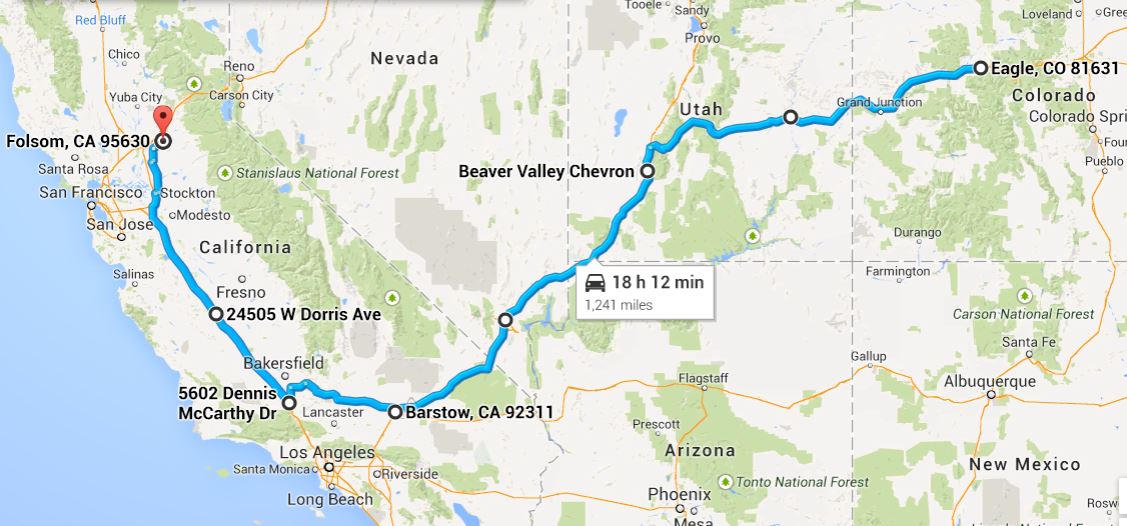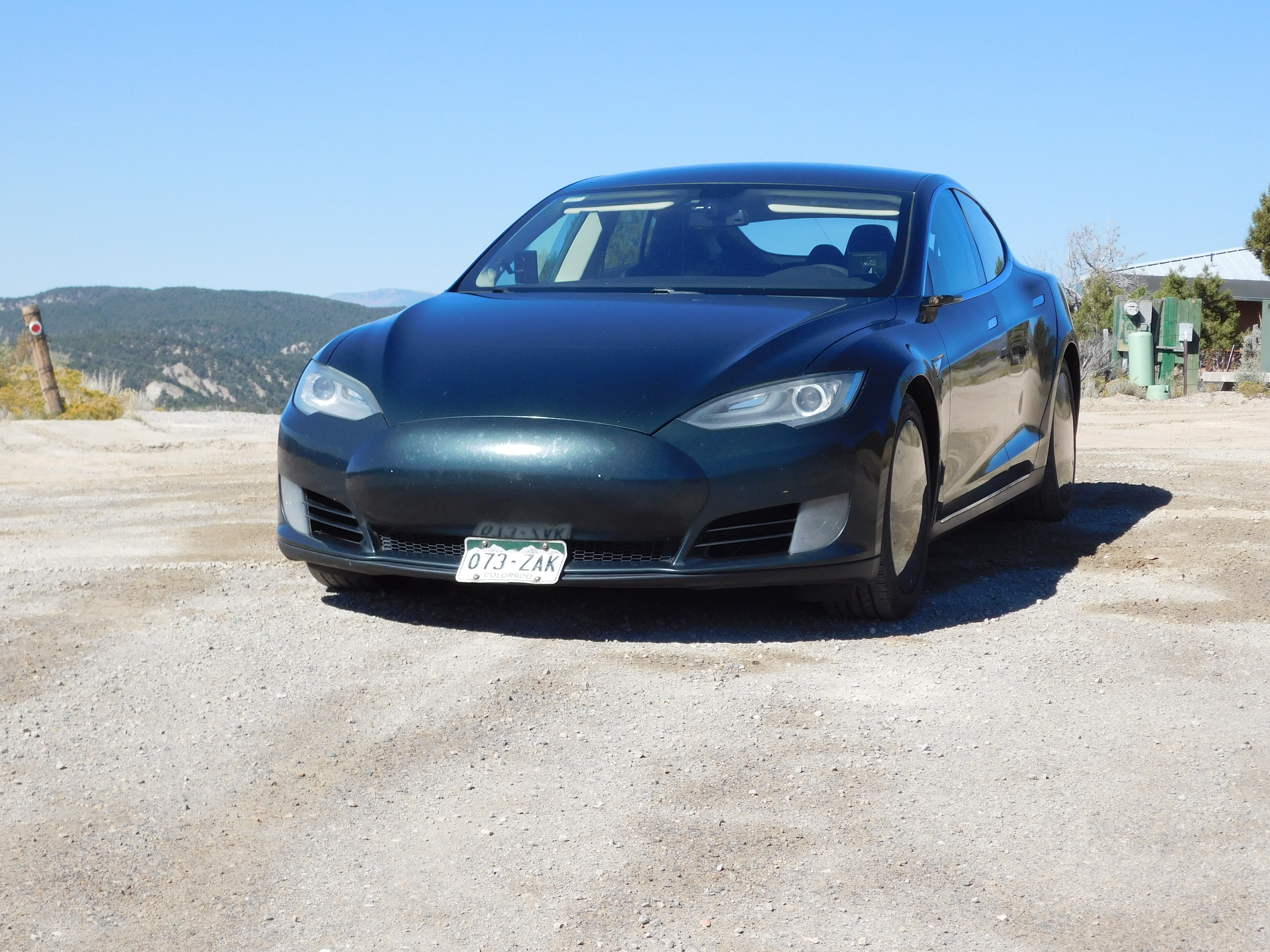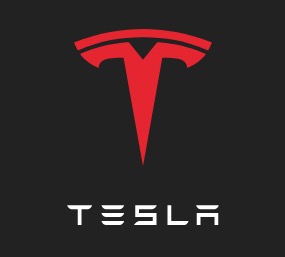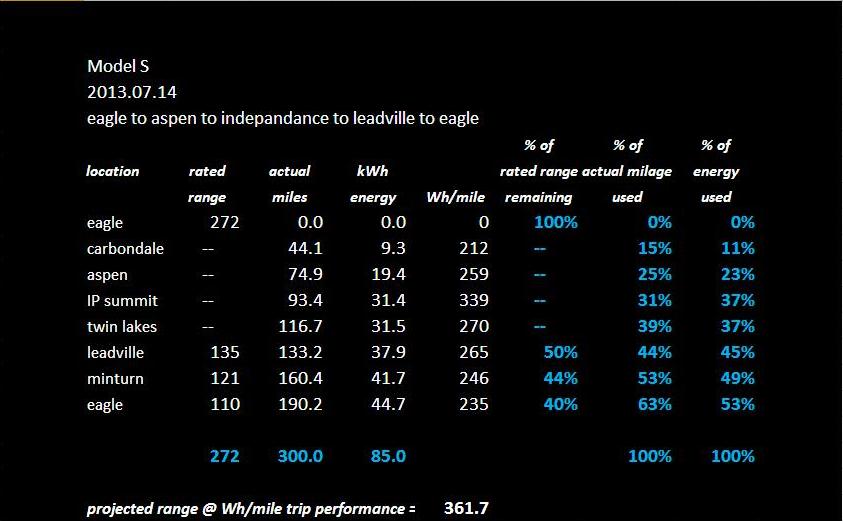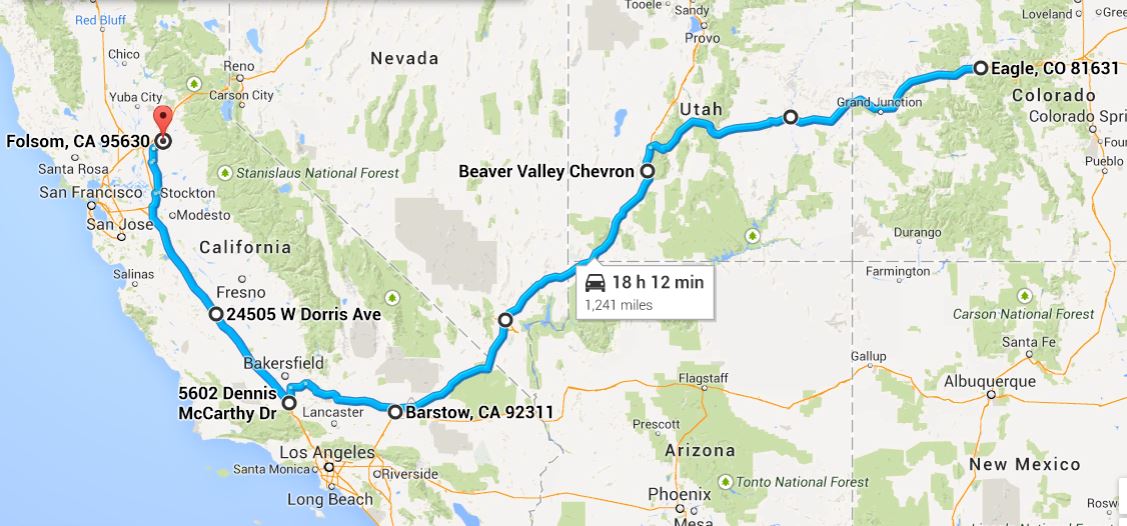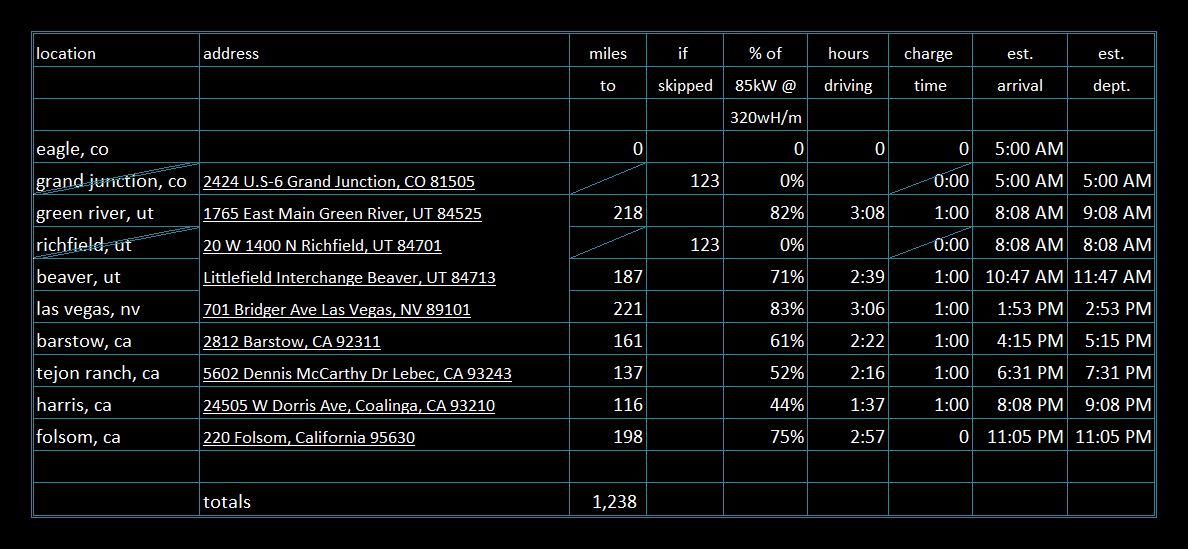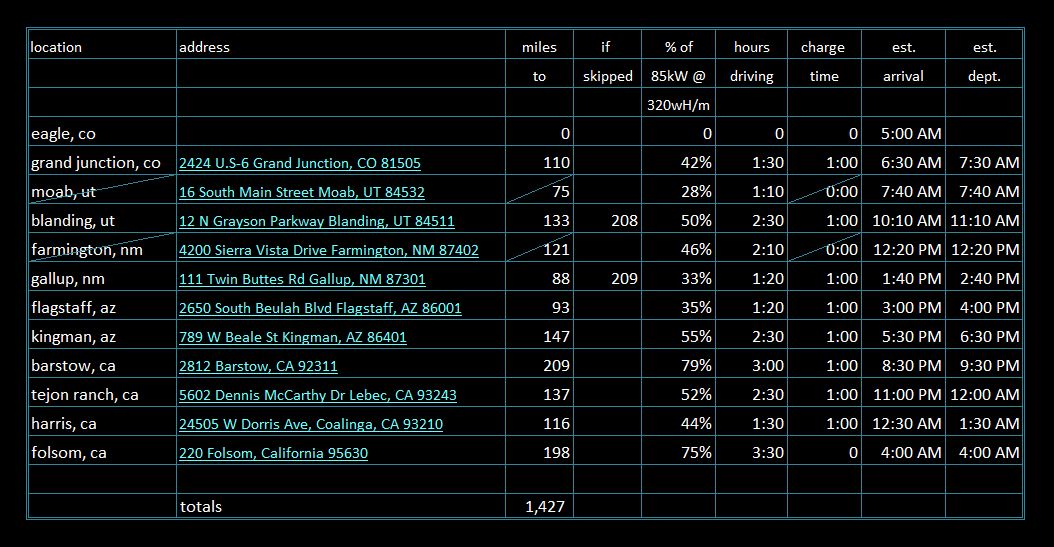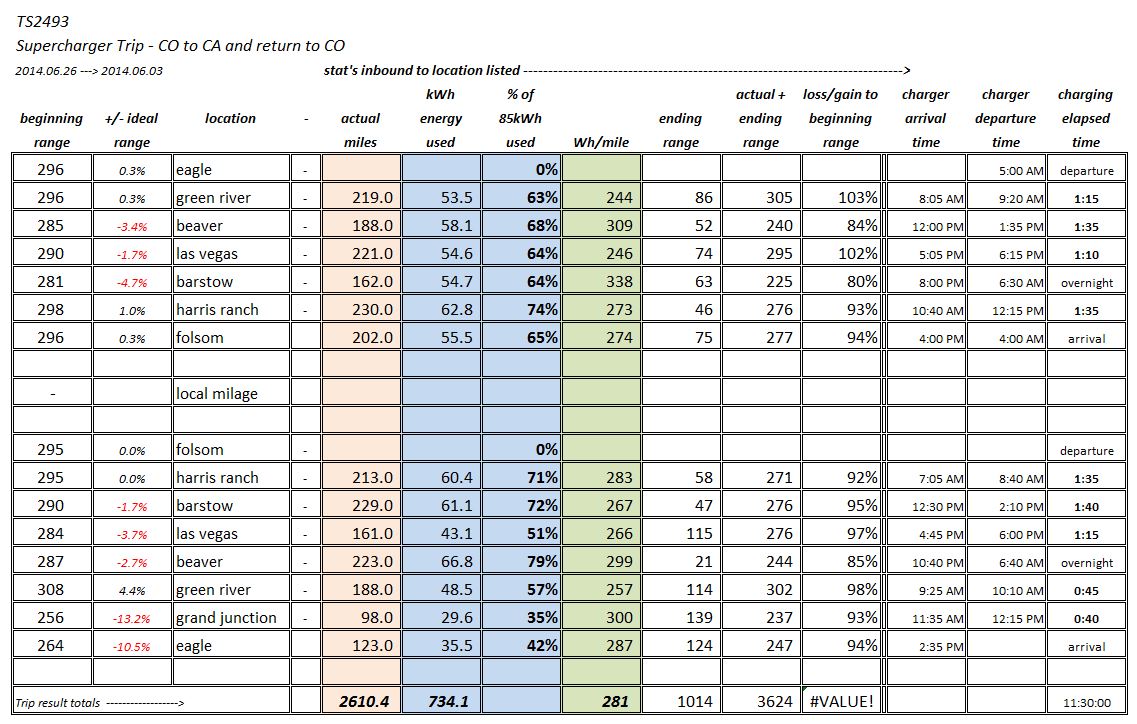The Early Days
Here are a couple of stories on how Range calculations
have changed over the years.
===
Back in the early days before there were established DC/DC charging stations (what Tesla terms ‘Supercharging’ today) figuring out what range the new Model 'S' had, and under what conditions, was an adventure. We wanted to determine what a safe range circle-of-travel would be knowing that our only charger was back home in the garage.
When the 2012 Model 'S' arrived, we started by taking small trips and logging the Model 'S's efficiency. A couple of those early trip calc’s are displayed below. In early 2013 our comfort zone of known EV range originated from our 2002 Rav4-EV at +/-100/miles/charge from its 27.4kWH NiMH traction pack, and/or, our 2011 Leaf which sported a < 100/miles/charge on a 23.4kWH LiON pack. With the new Model 'S's 85kWH LiON traction pack range would comparatively appear unlimited but there were some interesting learning curves along the way, and not all were as one might expect.
As the supercharger network developed we had to learn how to manually calculate whether we could make the next supercharger given our speed and varying conditions. There were no auto-calcs in the Model 'S’s software at the time, and, quite interestingly, since then we have found that those old-style manual calc’s remain helpful even with the Model 'S's current c2023 auto-calc software. There was a day back in 2015 when we were on a cross-country Sacramento to Boston and back trip. On one leg from NJ to PA the vehicle's maps consistently indicated that we could not make the leg on a full charge. There was only one mid-course supercharger 60 miles south of our desired route, and we did not want to go 120 miles and an hour-to-charge out-of-our-way. The 'S's dashboard said no-go for the entire trip. Our early days old-style manual calc's indicated yes from the beginning, but barely. We decided to risk it and trusted our old-school manual calc's, skipped the mid-point, and rolled-in with 10 miles left on a cold rainy night.
Our range perspective is also a bit different because we live the Rockies and the topography here is either extreme up-or-down. Back in the day one miss-calculation could result in a long nature-filled walk to find an AC outlet, much less a tow, although we have never run dry in two decades and over 350K EV miles (c2022). Another interesting quirk with mountain driving is that making it to a destination with 75% SOC remaining has no bearing on one’s ability to return via the same route on that remaining range. By example, when we drive out of the mountains easterly to Denver we traverse 125 miles over three mountain passes. On that eastbound leg we use +/-20kWH of range; but, on the westbound return, using the same route, our efficiency drops to using +/-45kWH. The rationale is simple, short extreme up-hill climbs and long down-hill descents eastbound, and just the opposite on the westbound return. Same route, one direction has great range, the other direction not-so-much.
The last photo below outlines a 2014 trip just as the Tesla DC/DC supercharging stations started populating corridors across the country. At the time supercharger spacing was planned at +/-225 miles between chargers. With the Model 'S's rated range at 265/miles/charge, together with higher interstate speeds, those old supercharger legs were a bit more dicey then today's cross country experiences.
All in a good day's fun. EVgrin intacted.



